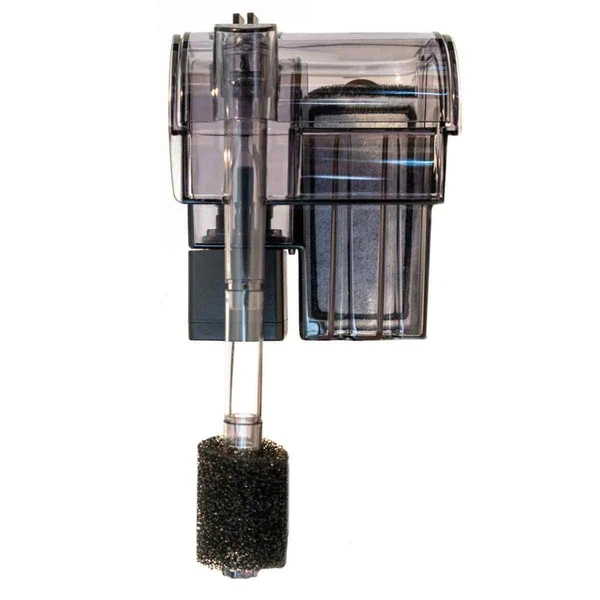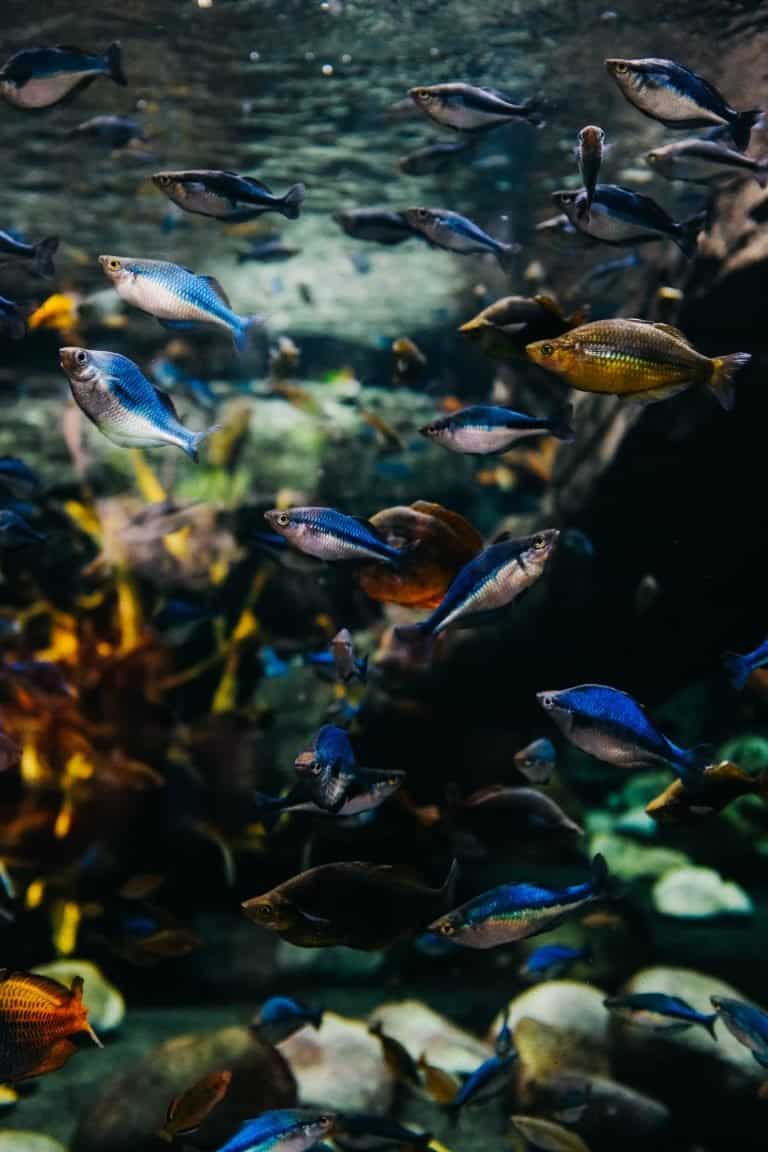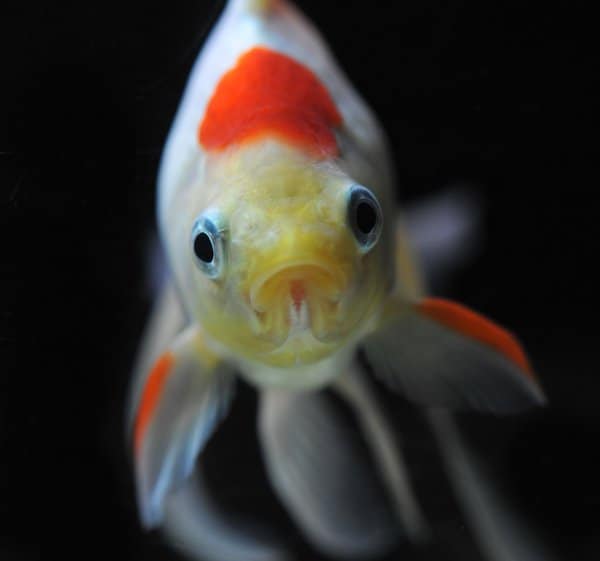Welcome to our informative blog post, where we will dive into the crucial topic of how poor oxygenation can seriously impact the well-being of your goldfish’s gills. Goldfish, renowned for their vibrant colors and graceful swimming, require proper oxygenation to keep their gills healthy and fully functional. Unfortunately, neglecting this essential aspect can lead to a myriad of serious consequences for your finned companion.
From decreased oxygen uptake to the potential development of respiratory diseases, it is vital to understand the detrimental effects of poor oxygenation for the long-term health of your goldfish. On the other hand, a well-oxygenated environment can provide optimal gill function and promote overall vitality in your beloved aquatic pet. So, let’s delve into the details and discover how to ensure your goldfish’s gills remain healthy and happy.
Key Takeaways:
- Insufficient oxygen levels can severely impact goldfish gills: Poor oxygenation in goldfish can lead to gill damage and hinder their ability to extract oxygen from water, putting their overall health and survival at risk.
- Gill damage can result in respiratory distress: When goldfish gills are not adequately oxygenated, they may experience difficulty breathing, gasping at the water surface, and exhibiting signs of respiratory distress.
- Proper oxygenation is crucial for goldfish well-being: Maintaining appropriate oxygen levels in a goldfish tank is essential to support their metabolism, reduce stress, and promote overall health and longevity.
Oxygen Requirement and Fish Health
Any living organism, including your goldfish, requires sufficient oxygen to survive. Fish are unique in the way they obtain oxygen, as they extract it directly from water through their gills. This is why the health of your goldfish’s gills is of utmost importance. In this chapter, we will explore the role of oxygen in goldfish survival and the implications of reduced oxygen levels on their overall health.
The Role of Oxygen in Goldfish Survival
Goldfish gills play a critical role in providing oxygen to their bodies. As water passes over the thin, delicate gill filaments, oxygen molecules dissolve into the blood vessels within the gills. This oxygen-rich blood is then pumped to different organs and tissues, ensuring their proper functioning. Therefore, maintaining healthy gills is crucial for your goldfish’s survival.
Implications of Reduced Oxygen Levels
When oxygen levels in the water drop below the optimal range, it can negatively impact your goldfish’s health. Reduced oxygen levels can lead to a condition known as hypoxia, where the gills are unable to extract enough oxygen from the water. This can result in decreased energy levels, weakened immune system, and impaired growth. In severe cases, it can even lead to organ failure and death.
Moreover, insufficient oxygenation can also compromise your goldfish’s ability to remove harmful substances, such as ammonia, from their body. Ammonia is a waste product produced by fish metabolism, and if not eliminated efficiently, it can accumulate in their bloodstream and cause ammonia poisoning. This condition can have devastating effects on your goldfish, affecting their nervous system, respiratory system, and overall well-being.
Additionally, poor oxygenation can contribute to the growth of harmful bacteria and other pathogens in your goldfish’s aquarium. Higher oxygen levels help maintain a healthy environment by reducing the chances of bacterial and fungal infections. Therefore, ensuring adequate oxygenation not only benefits your goldfish’s gills but also promotes a clean and disease-free aquatic habitat.
Remember, your goldfish relies on you to provide the ideal conditions for their survival. So, it’s crucial to monitor oxygen levels in the water, maintain proper aeration and filtration systems, and perform regular water changes to keep the oxygen levels optimal. By doing so, you are ensuring the well-being and longevity of your goldfish.
Deep-Dive into Goldfish Gills
If you’ve ever wondered why goldfish are able to survive and thrive underwater, the answer lies in their remarkable gills. These intricate structures enable goldfish to extract oxygen from water, allowing them to breathe in their aquatic environment. In this chapter, we will take a closer look at the structure and functionality of goldfish gills, exploring how poor oxygenation can impact these vital organs.
Structure of Goldfish Gills
Goldfish gills consist of a highly specialized and efficient system designed to facilitate oxygen exchange. Within each gill, you’ll find numerous thin, finger-like structures called gill filaments. These filaments are lined with thousands of tiny projections known as lamellae. The lamellae, covered in delicate capillaries, are what give the gills their distinctive red color.
The extensive surface area provided by the gill filaments and lamellae is crucial for the efficient exchange of oxygen and carbon dioxide. As water flows over the gills, oxygen from the water diffuses through the walls of the capillaries and into the goldfish’s bloodstream, while carbon dioxide is simultaneously eliminated from the blood and released into the water.
Functionality of Goldfish Gills
The primary function of goldfish gills is to extract dissolved oxygen from water, ensuring a constant supply for the fish to breathe. When water passes over the gills, oxygen molecules move across the thin walls of the gill lamellae by a process called diffusion. This allows oxygen to enter the goldfish’s bloodstream, where it is transported to various organs and tissues to support their metabolic needs.
Furthermore, goldfish gills play a crucial role in maintaining the delicate balance of your aquatic companion’s internal environment. These gills regulate the levels of ions, such as sodium and chloride, in the goldfish’s body, helping to maintain proper osmoregulation. This ensures that the fish’s bodily fluids have the ideal composition for its metabolic processes to function optimally.
It’s important to remember that the structural integrity and functionality of goldfish gills are essential for their survival. Any disruption to these vital organs can result in severe consequences for your goldfish’s health. Poor oxygenation, for example, can impair the oxygen exchange process, hamper metabolic functions, and even lead to organ failure if left untreated.
Now that you have a deeper understanding of the structure and functionality of goldfish gills, you can truly appreciate the incredible adaptations that allow these fascinating creatures to thrive underwater. In the next chapter, we will explore the various factors that can compromise oxygenation in goldfish, shedding light on the potential dangers and how to prevent them.
Implications of Poor Oxygenation on Goldfish Gills
Any goldfish owner knows that maintaining a healthy aquatic environment is crucial for the well-being of their beloved fish. One key aspect of a goldfish’s health is its gills, which play a vital role in oxygen exchange. In this chapter, we will explore the implications of poor oxygenation on goldfish gills and the subsequent impact on their overall health.
Impact on Gills’ Functioning
Your goldfish’s gills are specifically designed for efficient gas exchange. They extract oxygen from the water and release carbon dioxide through a network of thin-walled membranes. However, poor oxygenation significantly compromises the functioning of these delicate structures, leading to a cascade of detrimental effects.
When oxygen levels in the water are insufficient, your goldfish’s gills have to work harder to extract the limited oxygen available. This increased workload often results in gill inflammation, a condition known as “gill hyperplasia.” The swollen gill tissues obstruct the flow of water and reduce oxygen uptake, further exacerbating the problem.
Furthermore, inadequate oxygenation creates a favorable environment for the growth of harmful bacteria and parasites. Impaired gill function weakens your goldfish’s immune system, making them more susceptible to infections. These pathogens can cause various diseases, such as gill flukes, which further compromise your fish’s ability to obtain oxygen efficiently.
Consequences for Overall Goldfish Health
Poorly oxygenated gills not only affect the respiration process but also have far-reaching consequences for your goldfish’s overall health. Reduced oxygen levels can lead to a weakened immune system, making your fish vulnerable to a wide range of diseases.
The lack of oxygen also hampers your goldfish’s growth and metabolism. With limited oxygen available, their body struggles to produce enough energy to fuel essential bodily functions. This can result in stunted growth, decreased vitality, and a general decline in overall health.
Additionally, insufficient oxygenation puts immense stress on your goldfish’s internal organs, particularly the heart and brain. These organs require a constant supply of oxygen to function optimally. Inadequate oxygen levels place a tremendous burden on these vital organs, potentially leading to heart failure, organ damage, and even death if left unaddressed.
It is crucial to prioritize maintaining adequate oxygen levels in your goldfish’s tank to ensure their gills function optimally and prevent these severe consequences for their health.
By providing efficient aeration and proper water circulation, you can ensure an oxygen-rich environment for your goldfish. Regular cleaning of the tank, monitoring water parameters, and avoiding overstocking can also contribute significantly to maintaining water quality and supporting healthy gill function.
Remember, your goldfish’s well-being depends on your diligence in providing them with the optimal aquatic environment. Taking proactive measures to maintain adequate oxygenation will go a long way in preserving their health and vitality.
Conclusion
So, poor oxygenation can have a significant impact on your goldfish gills. Without an adequate supply of oxygen, the gills are unable to extract enough oxygen from the water, leading to respiratory distress and potential damage to the delicate respiratory tissues. This can result in decreased energy levels, lethargy, and even lead to more serious health issues.
It is crucial to ensure that your goldfish have proper oxygenation in their tank by providing adequate aeration and water circulation, as well as ensuring clean and well-maintained water conditions. By prioritizing their oxygen needs, you can help your goldfish maintain their overall health and well-being.





